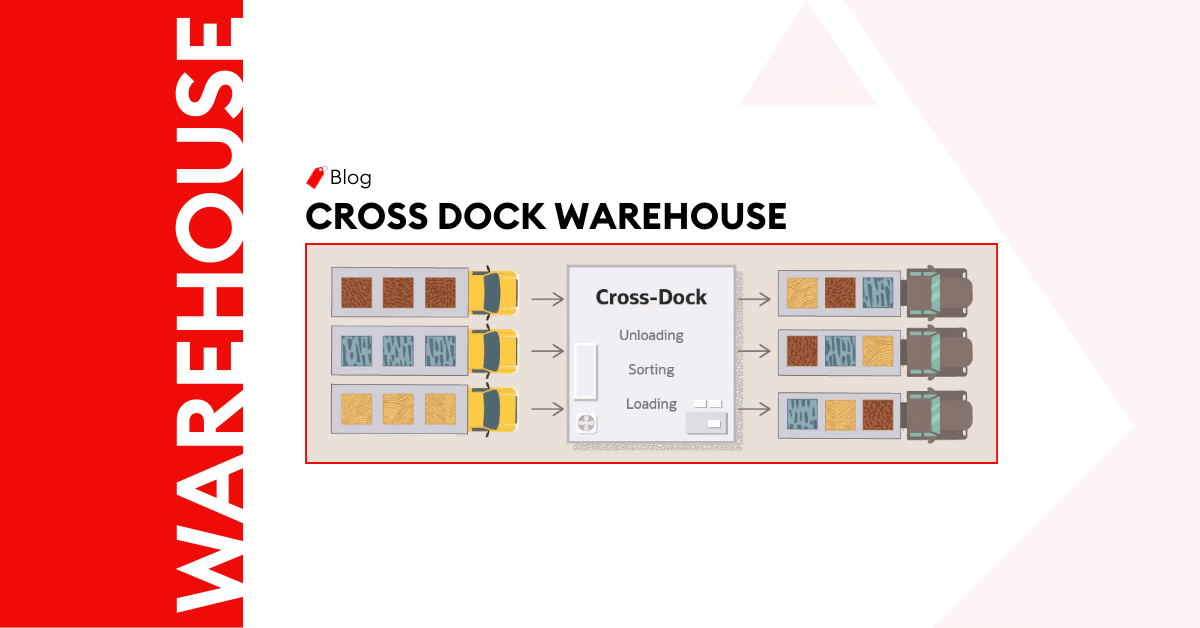Speed, precision, and cost management are essential for corporate success in the fast-paced world of today. Businesses cannot afford for their supply chains to be delayed or squandered. The demands of contemporary enterprises are no longer met by outdated warehouse methods, where products are kept on shelves for days at a time. One powerful solution gaining attention is modern cross-docking. It is more than just a smart logistics method—it is a way for companies to stay ahead of the competition.
What Is Modern Cross-Docking?
Modern cross docking is a straightforward yet astute logistical tactic. It indicates that products arrive at a distribution hub and are promptly shipped out again, sometimes in a matter of hours. Items are transferred straight from incoming trucks to departing trucks rather than being stored in a warehouse. There is little to no waiting time.
The utilization of cutting-edge technology distinguishes contemporary cross-docking from earlier techniques. This covers digital technology, warehouse automation, and real-time tracking. Businesses can transport items more quickly, with fewer errors, and at a lesser cost thanks to these solutions.
How It Works Step by Step
Here’s a basic look at how modern cross-docking works:
Goods Arrive at the Dock
Products from suppliers or manufacturers are delivered to a special cross-docking terminal.
Sorting and Grouping
Items are sorted by their final destination. This is often done with barcode scanners or automated systems.
Quick Loading for Outbound Shipping
Instead of being retained, the goods are loaded into delivery trucks and sent.
The entire process runs well when everyone is in agreement. Included are suppliers, carriers, warehouse workers, and technical systems like WMS (Warehouse Management Systems). When done correctly, cross-docking is reliable, efficient, and fast.
Why Cross-Docking Is a Smart Choice
Modern cross-docking offers many real benefits. Here are five big ones:
Faster Deliveries
Since products skip storage, they reach customers much faster. This aids in satisfying the need for delivery the same day or the following day.
Lower Costs
Less need for big warehouses means companies save money. They also spend less on labor and utilities.
Better Inventory Control
Since products sell out rapidly, keeping a lot of inventory is not necessary. This lessens waste and helps prevent overbuying.
Less Risk of Damage or Loss
There is less possibility of problems when there are fewer pauses and handling.
Greener Operations
Cross-docking conserves electricity and space. Additionally, it aids in improving delivery route planning, which lowers pollutants and saves fuel.
Who Benefits the Most?
Many different kinds of enterprises can benefit from modern cross-docking, including:
Retail establishments that require frequent, quick refilling
Internet retailers that guarantee prompt delivery
Supermarkets that sell perishable or fresh goods
Pharmacies or healthcare suppliers that need precision and speed
Final Thoughts
In a society where delivery speed and customer satisfaction are directly correlated, modern cross-docking is revolutionary. It lowers costs, gets rid of delays, and helps businesses run more effectively. As more companies use automation and real-time technology, this quick, flexible approach is quickly gaining the lead in supply chain and shipping strategy.


